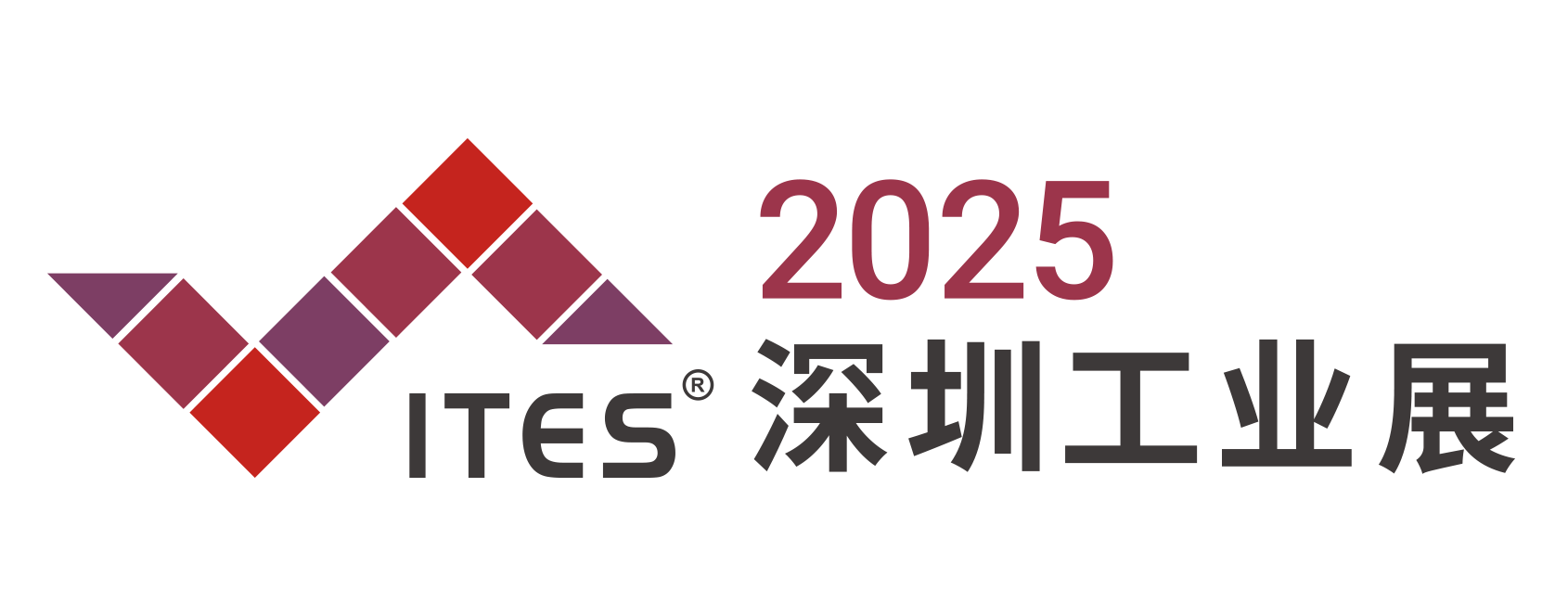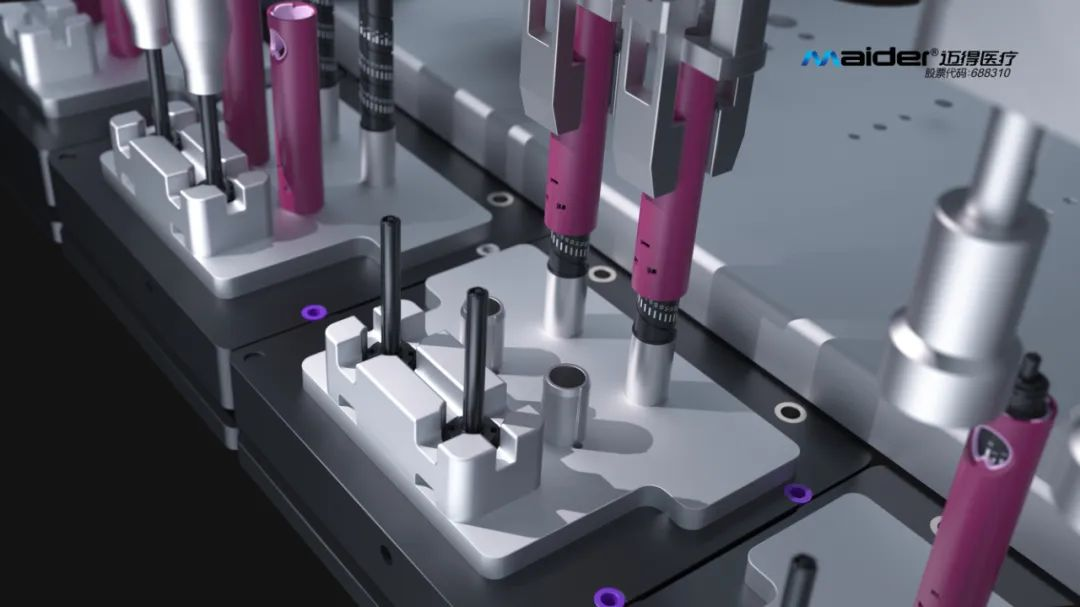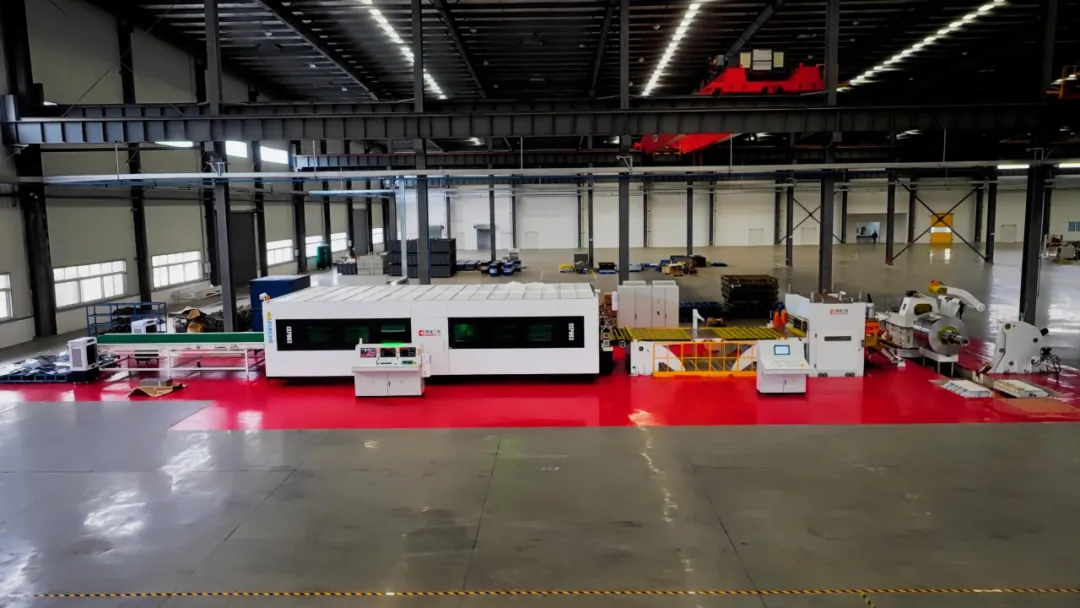Studer Machine Uses Lasers to Measure Grinding Process
【导语】 Studer Machine uses lasers to measure the grinding process.
Grinding jobs requires strict tolerances. On grinding machines, the tolerances for the dimensions, form and position of finishing processes run tight, and in many cases, shops check these specifications against hard data. Part processing time increases if operators must move parts to and from external equipment to measure them and make corrections. By contrast, on-machine measurement and evaluation can enhance process reliability and productivity, particularly on small lot sizes.

For process evaluation, production engineers rely on a wide range of functions based on various principles of production measuring technology. For example, measurement of grinding force or comparative grinding spindle currents helps assess the service life of tools or determine fluctuating allowances that can affect process stability and compliance with required tolerances. Measurements also can prevent excessive dressing, which reduces tool life and increases tool costs.
To limit grinding time or monitor the true-to-profile dressing process and its envelope curve functions, acoustic touch sensors assist with contact detection. Tactile measuring systems, which supports increased process reliability, include measurement and control systems for workpiece diameter or length, and pneumatic systems or microsensors for longitudinal expansions of spindle systems.
Cameras and laser systems provide measuring functions as well. Studer from United Grinding North America Inc. has built on laser measuring technology used in other industries such as the mechanical mounting of the required measuring device is similar to Studer B-axis measuring probes, which carry the relevant grinding spindle. The size of this measuring device adapts to workpiece diameter. To protect laser optics from the machine's coolant, the system uses the existing air nozzles that blow off the workpiece during measurement, along with newly developed dirt screens.
Studer incorporates enhanced laser optics that can generate thousands of data points while the workpiece rotates, increasing the data set for evaluation and significantly reducing the time required for measurement. Integrated into measuring cycles, these features offer a suitable non-contact measuring method for precision workpieces.

Not only can the system record different diameters with a laser measuring device, but it can also carry out precise control measurements on "interrupted" diameters, such as shafts with keyways or longitudinal grooves, and toothed gears in the diameter range. This eliminates the setup and resetting required with previous tactile in-process gauging devices and dramatically increases efficiency as a result.
Operators can incorporate the measurement cycle after each machining operation or at the end of the overall grinding process. Studer software logs the measurement values per diameter after each measurement cycle, which enables operators to check component quality at a glance.
The complex machining of small batches of tools with PCD cutting edges offers an efficient example of the use of integrated measurement. The attributes of the material can make it difficult to determine whether the grinding wheel machines the tool or vice versa. Measurement of these tools often relies on tactile devices in a closed-loop process, which alternates between grinding and measuring in iterative stages to achieve diameter tolerances of ±1.5µm. Because PCD cutting edges can react to tactile measurement, non-contact alternatives have become increasingly important.
Now, integrated laser measuring technology can conduct non-contact measurement of tools with cutting edges or guide rails. The typical measuring tasks required in this sector, include:
A tool with cutting edges, on which the smallest and largest cutting-edge diameters are determined in a measuring plane.
Two planes of a cutting tool, with the different planes of the measuring cylinder generated by rotation, to provide the desired taper.
In most cases, laser optics can determine the diameter of cutting edges and guide rails of a cutting tool in the same measuring plane, even with the workpiece rotating, reducing measurement time. With the workpiece clamped before machining, Studer measuring cycles can determine the runout from the tool shaft to the cutting-edge diameter at the end of the tool.
This strategy of machine-integrated laser measuring technology expands the applications of process measurement in grinding machines. Precise, universal non-contact measurement supports shops in their efforts to increase the efficiency of precision machining and reduce the time required to achieve these effective results.






